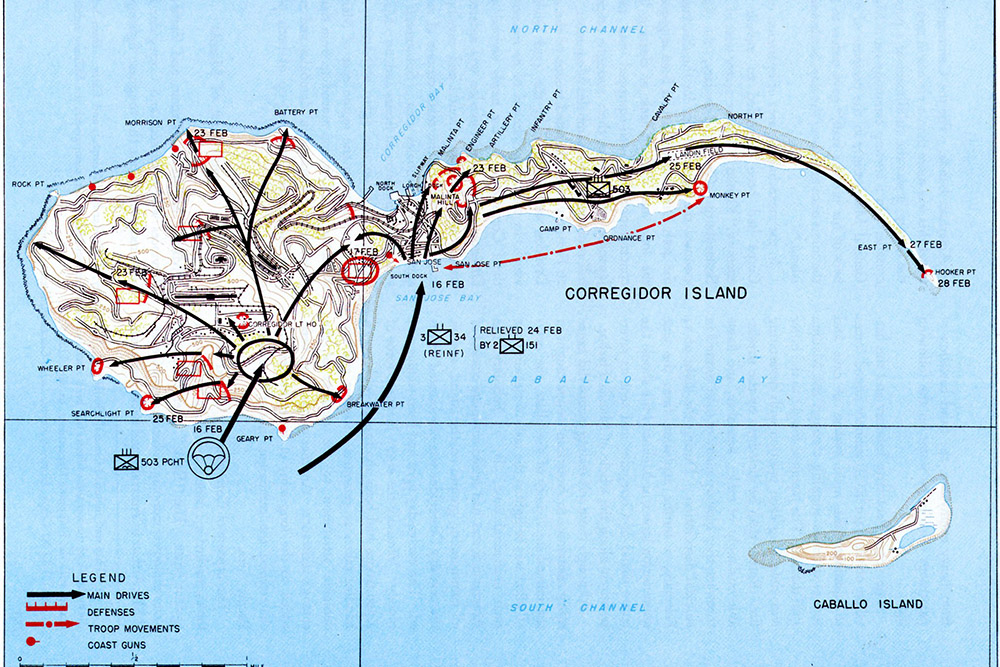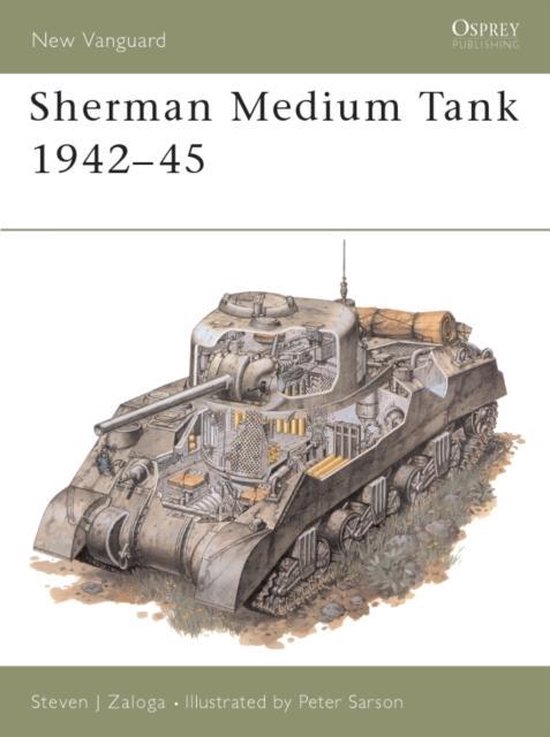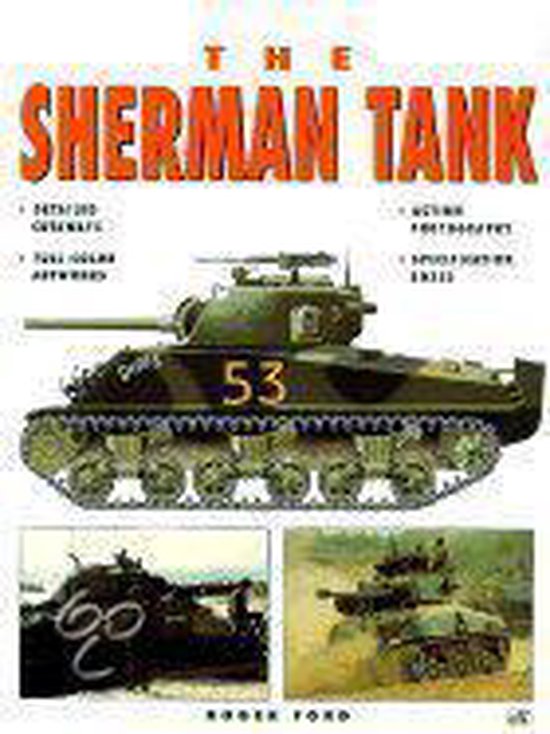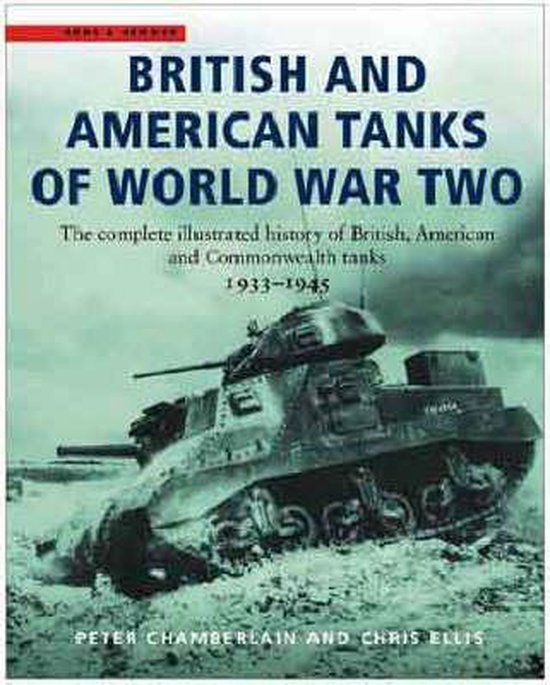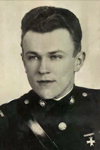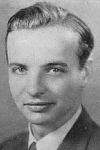Corregidor - Monkey Point (Station "C")
Monkey Point consisted of an American Navy Intercept Tunnel (known as Station "C" or Tunnel "Afirm").
History: Until 1942
In the early 1930's, the US Navy had at least two such locations (Guam and Shanghai) to intercept Japanese Navy radio signals. After the Japanese invasion of China, the Shanghai station was transferred to the Philippines. It was moved from Olangapo to Marivales and was eventually established at Cavite Naval Base. The surroundings continuously intervened with the radio signals. For that reason the station was moved to the island of Corregidor. Several projects were involved in the preparation for this station:
Project Afirm ("A") was the construction of the tunnel.
Project Baker ("B") was the installation of the Navy High Frequency Direction Finder Station at the far end of Corregidor.
Project Cast ("C") was the construction of the U.S. Navy accomodations near the tunnel.
The tunnel was operational from October 1939. However, U.S. Navy personnel manning this station were evacuated as early as March 1942, two months before the US capitulation to Corregidor.
During the Japanese invasion on May 5, 1942, this area was defended by 3rd Platoon (reserve) led by Platoon Sergeant William Haynes. Haynes withdrew his platoon to reinforce Company A's beach defense positions.
The Battle of Corregidor (February 1945)
In the morning of February 26, 1945, during heavy fighting in this sector, a huge explosion went off in the tunnel. Two Sherman tanks was blown into the air and landed upside down due to the explosion. In total, 30 paratroopers were killed outright and about 125 seriously injured, including:
Cpt. William Bossert: Broken ribs due to flying debris.
2nd Lt. Rene Stievenart: Sheltered behind a Sherman tank at the time of the explosion and was killed instantly.
The entire crew of the Sherman tank (except Guy Crull) was also killed.
The Japanese losses in the fighting for this tunnel are unknown, but must have been significant.
The exact cause of the explosion remains unknown. However, there are two possibilities. The first is that the Japanese occupying the tunnel blew themselves up to kill as many American soldiers as possible. The other possibility (which is more likely) is that the Sherman tank accidentally caused the explosion by firing into the tunnel.
Nowadays some remains of the station remain. The entrance has collapsed and the tunnel is therefore not accessible. You can also find a huge crater here.
Do you have more information about this location? Inform us!
Source
- Text: Kaj Metz
- Photos: Wikimedia Commons
- "THE NAVY INTERCEPT TUNNEL AT MONKEY POINT (STATION ''C ")
Related books
Nearby
Museum
Point of interest
- Kindley Airstrip - Corregidor
- Japanese Invasion Beach Corregidor - 1st Battalion (reinforced) - Corregidor
- Japanese Invasion Beach Corregidor - 1st Battalion (reinforced) - Corregidor
Monument
- Japanese Garden of Peace - Corregidor
- Filipino Heroes Memorial - Corregidor
- General Jonathan Wainwright Memorial - Corregidor
Fortification
- Corregidor - Battery Keyes - Corregidor
- Corregidor - Battery Denver - Corregidor
- Corregidor - Kysor (North) Battery - Corregidor
